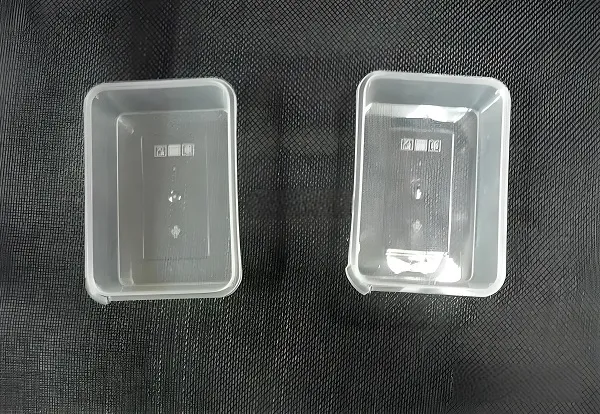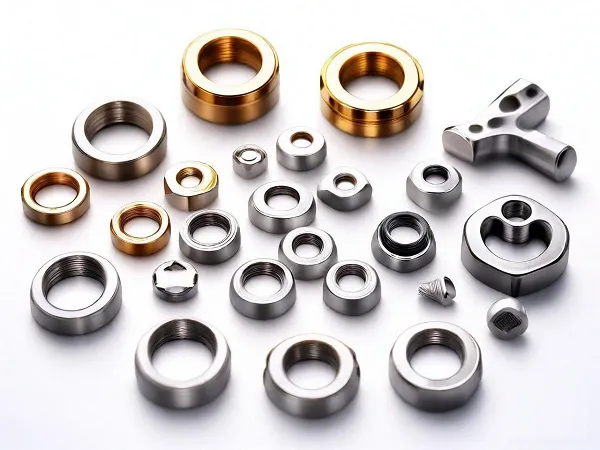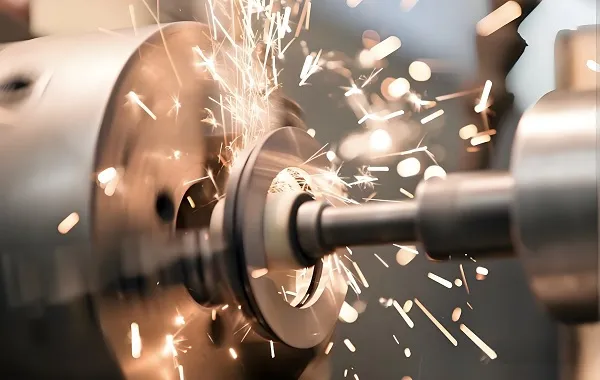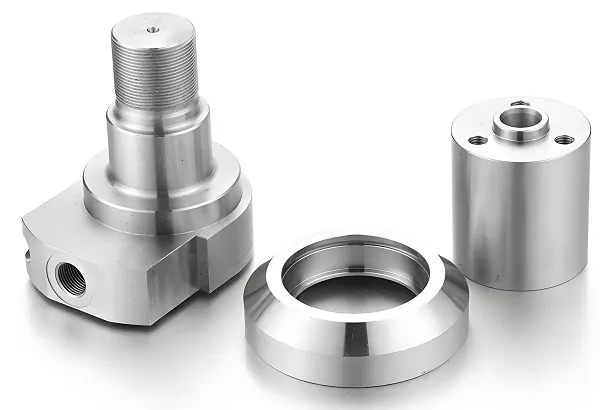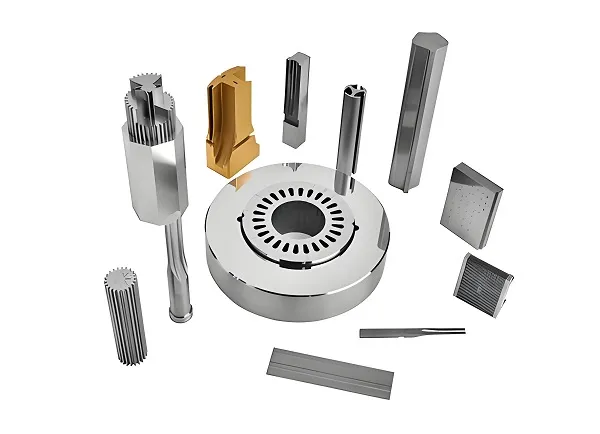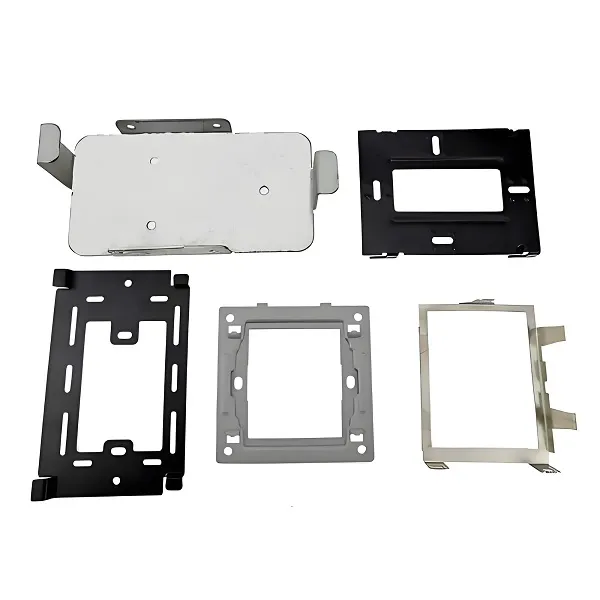In the manufacturing world, injection molding and machining are two common ways to produce plastic parts. When companies are faced with production needs, a key question often arises: is injection molding really cheaper than machining? In order to answer this question, we need to conduct an in-depth analysis from a number of dimensions and give decision-making advice in the context of specific situations.
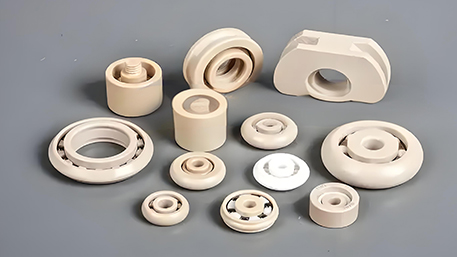
1. Cost Composition and Scale Effects
First of all, we need to clarify the cost composition of injection molding and machining. Injection molding mainly includes mold design and manufacturing, raw material procurement, injection molding machine operation and maintenance costs. Mechanical processing involves raw material cutting, tool wear, equipment depreciation and energy consumption and other costs.
Injection molding cost analysis
Mold Cost: The initial investment in injection molding is large, and the cost of mold design and manufacturing is usually up to thousands or even tens of thousands of dollars. However, once the molds are complete, they have a long service life and can be used to produce large quantities of the same part, thus reducing the unit cost.
Raw Material Costs: Plastic raw materials for injection molding are relatively stable in price and may be subject to discounts due to bulk purchasing.
Production efficiency: Injection molding machines can be automated to produce a large number of parts per hour, increasing production efficiency and further reducing costs.
Machining Cost Analysis
Raw material cutting: Machining requires precise cutting of raw materials, which consumes cutting tools and increases the cost of tool wear and replacement as the number of parts increases.
Equipment depreciation and energy consumption: machining equipment is usually expensive and requires regular maintenance. At the same time, the energy consumption during the operation of the equipment should not be ignored.
Productivity: Compared with injection molding, machining has lower productivity, especially when a large number of identical parts are produced.
2. Production quantities and cost-effectiveness
Next, we analyze the impact of production quantity on the cost-effectiveness of injection molding and machining.
Small batch production
Machining may be more cost-effective for producing small quantities of parts. Because injection molding molds are costly, the unit cost rises significantly if smaller quantities are produced. Machining, on the other hand, eliminates the need for molds and allows for flexibility in adjusting production quantities according to demand, reducing the initial investment.
Mass Production
When the production quantity reaches a certain scale, the cost-effectiveness of injection molding will be highlighted. The cost of molds is shared by the mass-produced parts, and the unit cost drops rapidly. In addition, the high production efficiency of injection molding can quickly meet market demand and reduce inventory costs.
3. Design Flexibility and Precision Requirements
In addition to cost factors, design flexibility and accuracy requirements are also key factors in determining the choice between injection molding and machining.
Design Flexibility
Machining has advantages in design flexibility. At the product design stage, prototypes can be made quickly through machining for verification and optimization. Injection molding, on the other hand, is limited by the mold design, and once the mold is completed, changing the design will be very difficult and costly.
Precision Requirements
Injection molding and machining have their differences in terms of precision. Injection molding can achieve a high degree of accuracy, typically within 0.005 inches. However, for parts that require very high accuracy, such as precision parts in medical devices, machining may be required to meet tighter tolerances (e.g., within 0.001 inch).
4. Appearance and Material Selection
Finally, we consider the impact of the part’s appearance requirements and material selection on injection molding and machining.
Appearance Requirements
Injection molding may have limitations on the appearance of the part. Various factors in the mold design and injection molding process, such as gate location, ejector pin marks, etc., may result in minor surface imperfections on the part. Machining, on the other hand, can achieve a more perfect appearance through fine cutting and grinding.
Material Selection
There are also differences in material selection between injection molding and machining. Injection molding is usually suitable for thermoplastics, while certain high-performance, high-hardness materials, such as PEEK, Torlon, etc., may be more suitable for processing by machining.
5. Recommendations for Decision Making
In summary, injection molding and machining each have their own advantages in terms of cost, production volume, design flexibility, accuracy requirements, appearance and material selection. In order to make a wise decision, enterprises should consider the following factors comprehensively:
Production requirements: Define production quantities, lead times and market demand.
Cost Estimates: Evaluate initial investment and long-term operating costs to ensure project profitability.
Design Requirements: Consider whether the accuracy, appearance and material selection of the component meets the requirements of the project.
Technology and resources: Evaluate whether the company has the necessary technology and resources for injection molding or machining.
Based on the above analysis, enterprises can formulate flexible production strategies, such as adopting machining in the small batch production stage to reduce the initial investment; after reaching a certain production scale, they will shift to injection molding to reduce costs and improve production efficiency. At the same time, enterprises should also establish a close partnership with suppliers to jointly develop new materials and processes suitable for the project needs, in order to further enhance competitiveness.

